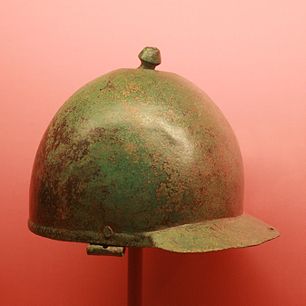The Celts fought in many battles for the sake of territory and prestige. They participated in the Battle of Allia and Sack of Rome in 390 BC, the Battle of Anio River, Pedum, Camerinum, and many more. The Celts were known to be brave, proud, and skilled fighters. However, they were also known for being brutal, vicious, and undisciplined on the battlefield. There is existing proof to believe that Celtic women also participated in the battles.
The Celts eventually scummed to the growing civilization of Slavs, Romans, and Huns. Their territories were conquered, and their culture and traditions were eventually trampled. There are many exciting stories about the Celtic warriors. They showed their tactical skills, craftsmanship, and artistic abilities in creating their weapons. Archeologists found several weapons and armors that dated back to the Celtic era, like swords, spears, shields, and knives. Here is a list of the top 10 weapons and battle gears that the Celts used.
Celtic Sword and Scabbard

Let’s start the list with this beautiful anthropomorphic sword. This weapon is not only magnificently crafted, but it also has some sort of power (well, according to stories). It served as a talisman for Celtic warriors back then. Legend has it that the one who yields this sword will have extraordinary strength and enhanced power on the battlefield.
Its hilt has the modeled and beautifully crafted image of a warrior. Historians and archaeologists believe that it is an accurate image of what a Celtic warrior looked like. The image is very detailed. Looking closely, you can see its large eyes, omega-shaped head, and thin hair.
This artifact proved that Celts were not only fearsome warriors but were also artistic and sentimental people.
Celtic Spears
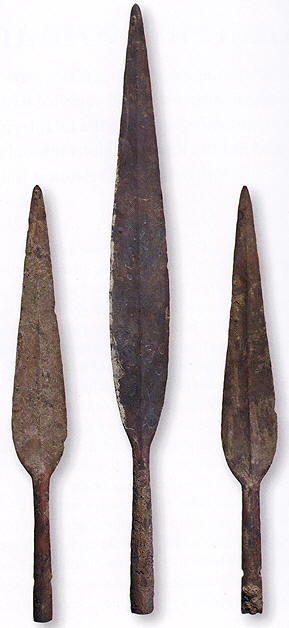
A Celtic warrior needs to master the art of throwing a spear. A regular Celtic javelin or spear is made of a wooden pole and a leaf-shaped iron head. Most of the retrieved and unearthed artifacts are spearheads only because their wooden sticks have already disintegrated.
Through the years, as they encountered different people and participated in several wars, the improved the design of their spearheads. The Celts became more innovative and Celts more tactical. They considered the number of spears a warrior could carry and the kind of armor that their opponents wore. After several tries, they devised the perfect solution – they made the spearheads narrower and more pointy. This way, warriors could carry more spears since the new design made them lighter. And since they are sharper, they have a bigger chance of penetrating through the armor of the Romans.
Warriors who carried spears on the battlefield were fearless. Just imagine, they can only carry a limited number of spears, so once their empty-handed, they need to retrieve the spears from the dead bodies!
Iron Axe

Celts manufactured and used this metal axe as a handy tool for farming, woodwork, and carpentry. However, this type of axe was also helpful on the battlefield. They are pretty deadly weapons, and Celts love to use them. For this reason, they were called battle-axe by the Celts. Battle axes come in different styles. Some are long and narrow, while others are broad and heavy.
According to historians, Celtic warriors are strong enough to handle a battle axe singlehandedly. They will knock off their opponents using their body force and strike them with the axe with one hard blow. Forcefully using a battle axe can decapitate a person (even a soldier with iron armor!).
The Witham Shield
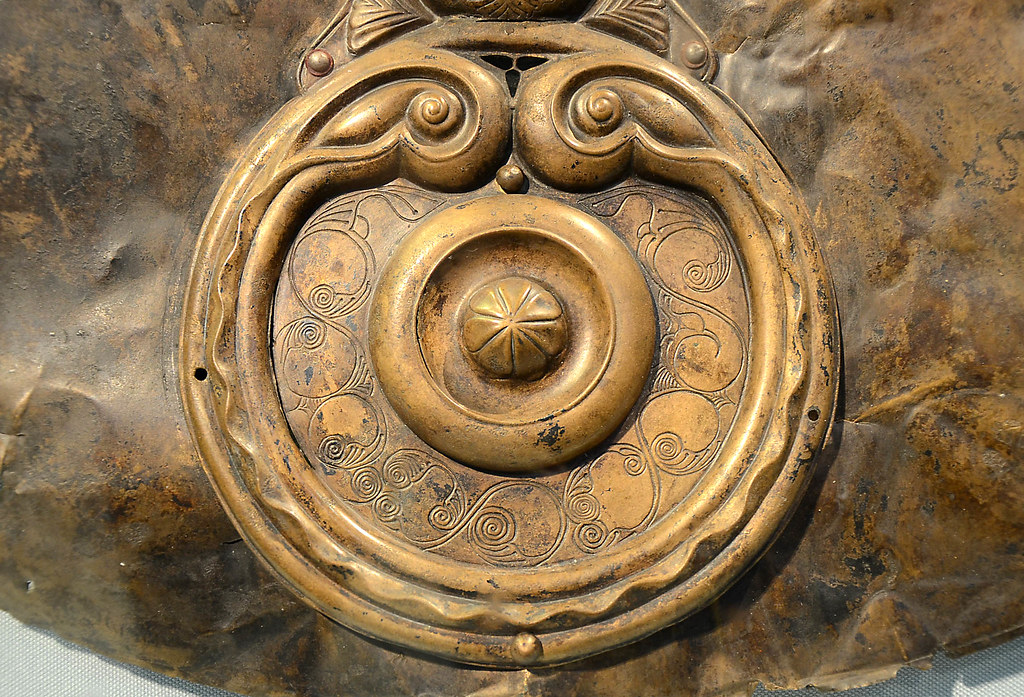
The Witham Shield is just the bronze part of a whole Celtic battle shield. It was unearthed in 1826 in England. The rest of it, which was believed to be made of leather and wood, has been long gone.
Witham Shield has the most uncomplicated design of all the shields they have discovered so far. It is an elongated shield with rounded corners and is almost a meter long. It features a central ring that was there by design to allow the warrior to hold the shield without losing his balance.
The shield also has faint drawings of a boar, a symbol of Moccus (a Celtic god), or it can be a tribal emblem. Looking closely, you can see other animals like birds and horses engraved on the shield.
Waterloo Helmet
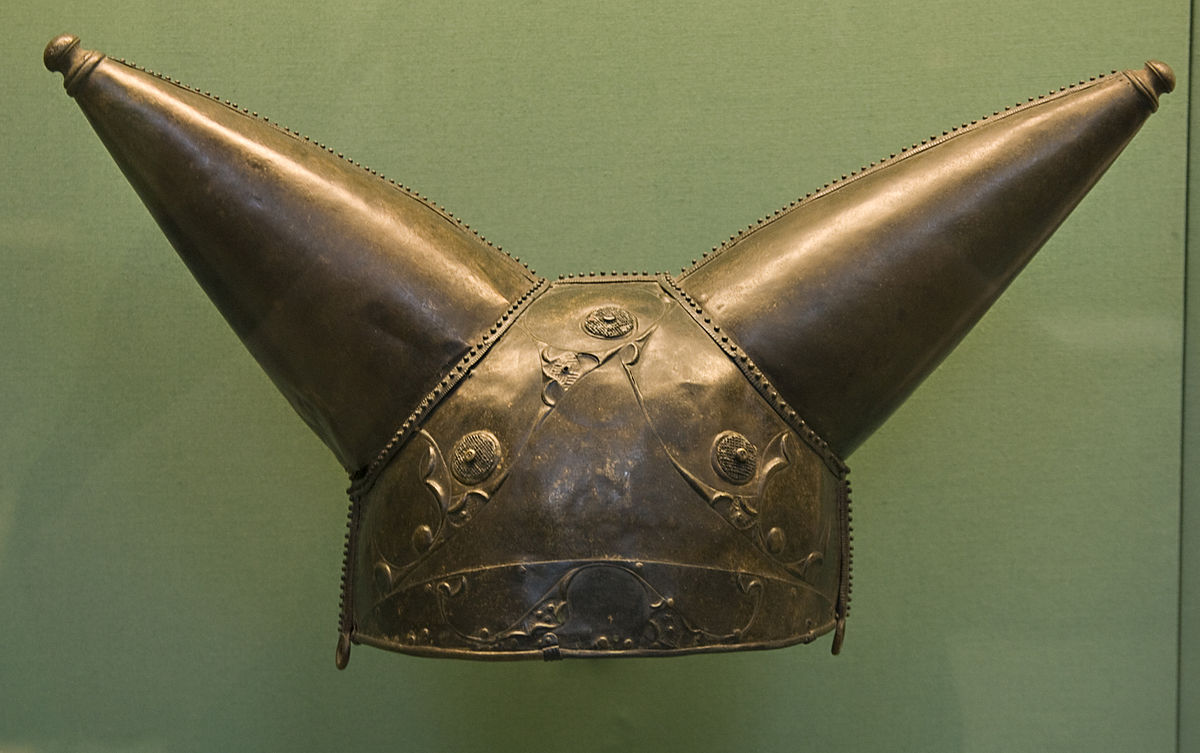
Chain mail

Chain mail or metal mail was a popular type of war armor in Europe. The Celts were credited for its invention since archeologists found the oldest known chain mail in a Celtic chieftain’s burial site.
Making chain mails took loads of time and effort. So at first, only those warriors who can afford it can use it. However, because of its effectiveness and practical use, more and more warriors requested it until it became a staple part of their battle outfit. Its flexibility and structure were a big help in preventing slashes and even arrowheads. During those times, modern medicine was not yet available, so preventing cuts meant preventing infections and complications.
Even Romans saw how effective chain mails were, so they copied and adopted it.
Ceannlann Armor
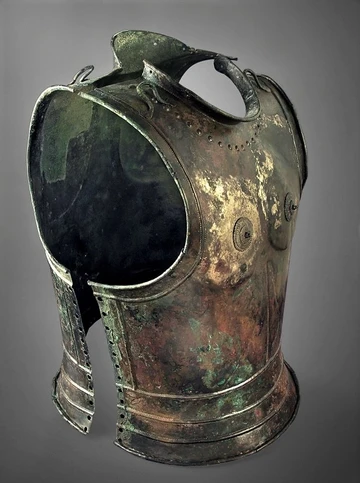
Romans used to tell stories of Celtic warriors charging naked in battles. However, this is not entirely true. At an early age, Celts used to go topless in a fight to intimidate and shock their opponents. However, as time passed, they realized the importance of armor and protection, so they started manufacturing their own armors. The Celts built a kind of armor known as Ceannlann.
Ceannlann armor was constructed with linen and typical metal plates. However, the metal scales attached to the line made it special. It was a technique discovered by the Celts which gave them another layer of protection without weighing too much.
They also used breastplates (made of bronze or leather) and shoulder straps (made of animal hide or leather) for extra comfort and protection.
Kiltubbrid Shield
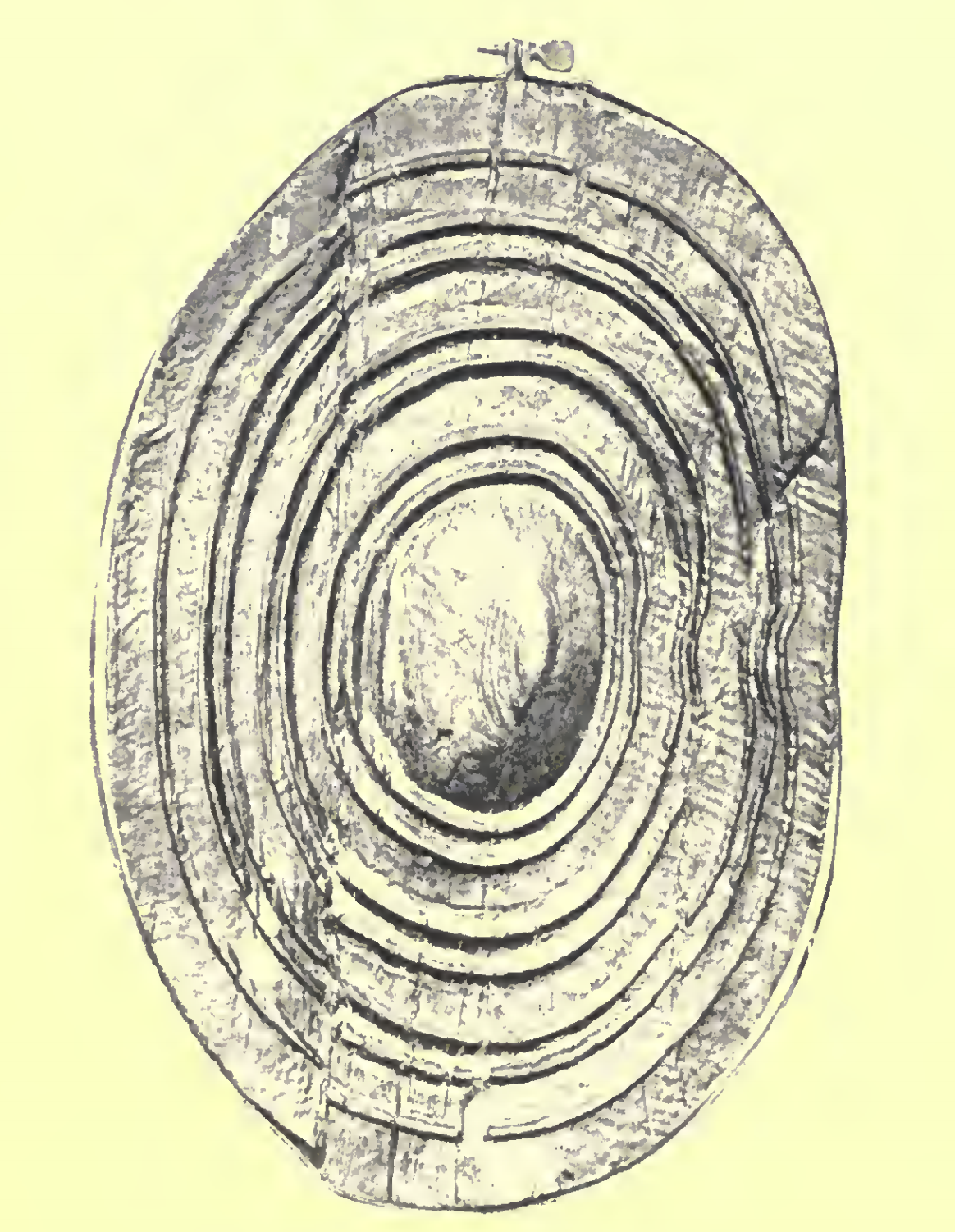
Short Iron Knives
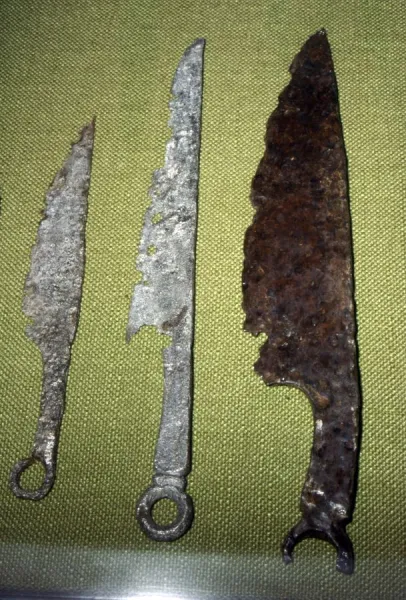
Archeologists discovered several types of interesting Celtic swords, shields, and other weapons. They showed a lot about the Celtic’s war tactics and tactical thinking. However, only a few battle knives were unearthed. Almost all unearthed Celtic knives were pretty standard. However, one stands out – the ring is handled short knife.
The knife’s purpose was still uncertain to this day. It can be a working knife just like the others, but scholars argue it was designed like a weapon. Its details and crafts were that of a refined battle weapon for short-ranged protection. Knives, in general, were also a symbol of wealth and freedom. Since enslaved people back then were not allowed to carry any type of blade.
Montefortino Helmet
